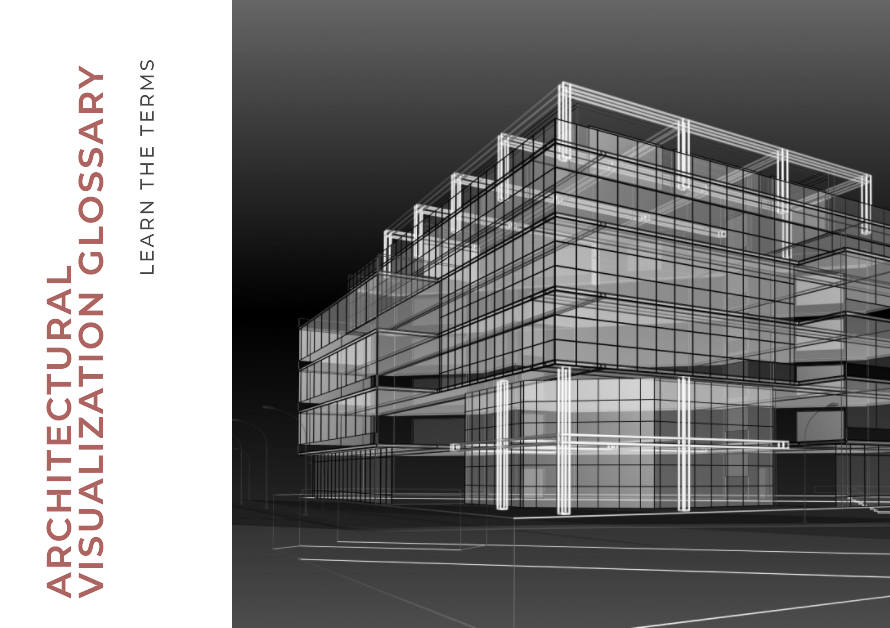
Table of Contents
Introduction:
In today’s digital landscape, the architecture supporting data and services stands as the bedrock upon which modern businesses thrive. As enterprises delve deeper into the realms of big data, cloud computing, and interconnected services, the need for a robust architectural framework becomes imperative. This blog post embarks on an exploratory journey to unravel the intricate web of architectural paradigms that underpin the modern data and services ecosystem. From traditional monolithic structures to contemporary microservices architectures, each approach offers unique benefits and challenges, shaping the landscape of digital innovation.
Foundations of Architectural Design:
At the heart of any architecture supporting data and services lies a foundational principle: efficiency. Traditional monolithic architectures, characterized by their cohesive and interconnected nature, have long served as the cornerstone of enterprise systems. In this model, all components of an application are tightly coupled, forming a single, indivisible unit. While monolithic architectures offer simplicity in development and deployment, they often lack scalability and flexibility, hindering the agility required in today’s dynamic business environment.
Transitioning to Modular Design:
Recognizing the limitations of monolithic architectures, many organizations are transitioning towards a more modular approach: microservices architecture. Unlike their monolithic counterparts, microservices architectures decompose applications into smaller, loosely coupled services, each responsible for a specific business function. This modular design fosters scalability, fault isolation, and independent deployment, empowering organizations to adapt swiftly to changing market demands. Moreover, microservices architectures align seamlessly with modern development practices such as DevOps and continuous delivery, facilitating rapid innovation cycles and enhanced collaboration across teams.
The Rise of Cloud-Native Architecture:
As the digital landscape evolves, so too does the architecture supporting data and services. The emergence of cloud computing has revolutionized how businesses conceptualize, deploy, and scale their applications. Cloud-native architecture embodies the ethos of cloud computing, leveraging distributed systems, containerization, and orchestration tools to maximize resource utilization and resilience. By abstracting away infrastructure complexities, cloud-native architectures empower organizations to focus on innovation and deliver value to customers with unprecedented speed and agility.
Adopting Event-Driven Architectures:
In an era dominated by real-time data and interconnected services, event-driven architectures have gained prominence as a viable paradigm for supporting data and services. Unlike traditional request-response models, event-driven architectures decouple components through asynchronous communication, enabling seamless integration and scalability. Events, representing meaningful occurrences within a system, serve as the linchpin for orchestrating interactions between disparate services. This approach not only fosters loose coupling and fault tolerance but also facilitates event-driven decision-making, empowering organizations to react swiftly to changing conditions and customer needs.


Security and Compliance Considerations:
Amidst the pursuit of innovation, organizations must not overlook the paramount importance of security and compliance within the architecture supporting data and services. With cyber threats looming large and regulatory frameworks tightening their grip, safeguarding sensitive data and ensuring regulatory compliance have become non-negotiable imperatives. From encryption and access controls to identity management and auditing, a robust security posture must permeate every layer of the architectural stack. Furthermore, compliance with industry-specific regulations such as GDPR, HIPAA, and PCI DSS is imperative to mitigate legal risks and build trust among customers and stakeholders.
Scalability and Performance Optimization:
In the realm of digital business, scalability and performance optimization are indispensable tenets of success. As organizations scale their operations and cater to growing user demands, the architecture supporting data and services must exhibit elastic scalability and optimal performance characteristics. Whether horizontally scaling across distributed nodes or vertically optimizing resource utilization, architects must employ a repertoire of techniques to ensure that the system can gracefully handle fluctuations in workload without compromising on responsiveness or reliability. Additionally, performance monitoring and optimization tools play a pivotal role in identifying bottlenecks, fine-tuning configurations, and preempting potential scalability issues before they manifest into critical failures.
Future Trends and Innovations:
The landscape of architectural design is in a perpetual state of evolution, driven by technological advancements, industry trends, and shifting consumer expectations. Looking ahead, several emerging trends promise to shape the future of the architecture supporting data and services. Edge computing, fueled by the proliferation of IoT devices and the need for low-latency processing, is poised to decentralize computation and data storage, ushering in a new era of distributed architectures. Furthermore, the convergence of artificial intelligence (AI) and architectural design holds the potential to automate decision-making, optimize resource allocation, and enhance system resilience in ways previously unimaginable.
Conclusion:
In the grand tapestry of digital innovation, the architecture supporting data and services serves as the scaffold upon which the edifice of modern enterprise stands. From the monolithic architectures of yesteryears to the cloud-native, event-driven landscapes of today, each paradigm offers a unique blend of benefits and challenges, shaping the trajectory of technological progress. As organizations navigate the nexus of data and services, embracing modularity, scalability, security, and emerging trends will be paramount to their success in the ever-evolving digital ecosystem. With a keen eye towards innovation and a steadfast commitment to excellence, enterprises can harness the power of architectural design to propel themselves towards a future defined by resilience, agility, and transformative growth.



